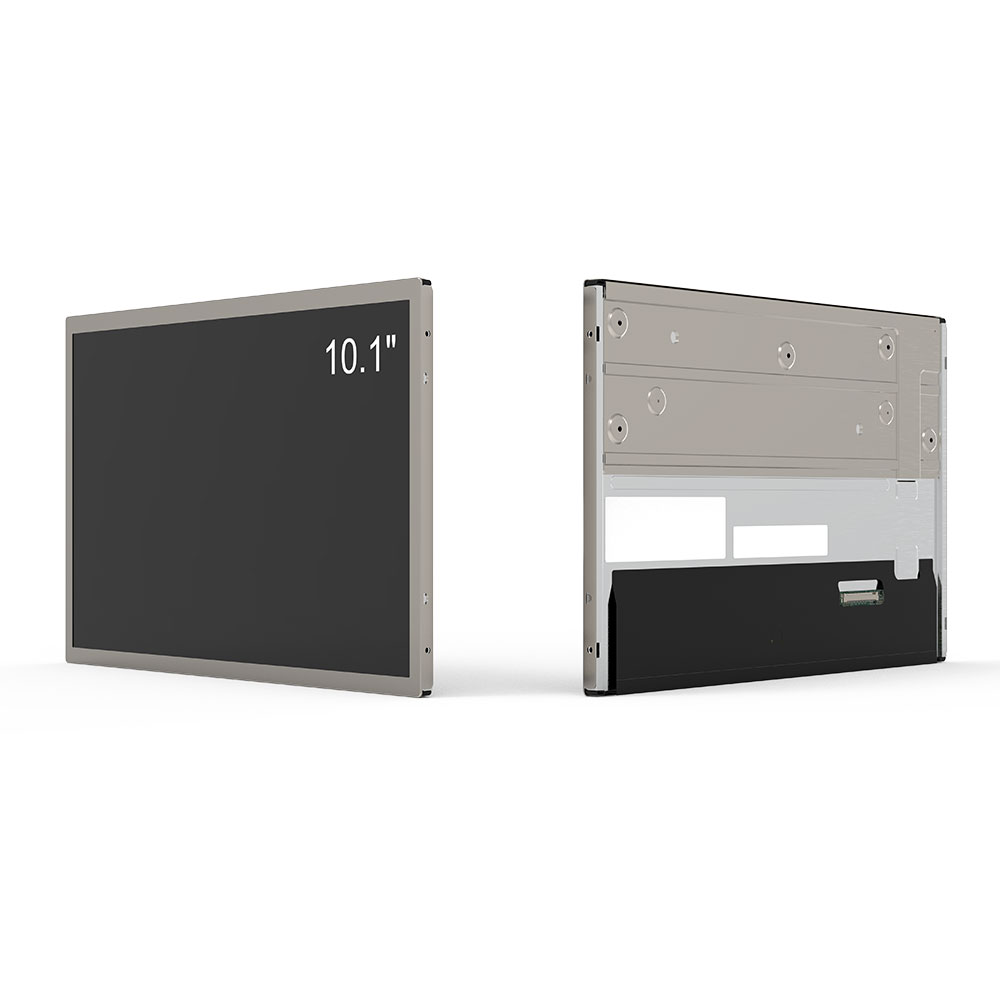When deploying outdoor LCD screens for advertising, digital signage, or public information systems, choosing the right resolution is critical to ensuring clarity, readability, and long-term ROI. In today’s market, two dominant resolution standards—2K and 4K—are widely available and offer distinct advantages depending on viewing distance, environmental conditions, and application context.
A 2K resolution (typically 2560 x 1440 pixels) provides a sharp image with high pixel density, making it ideal for medium-distance viewing in urban environments such as bus stops, retail facades, or corporate lobbies. According to industry benchmarks from the Society of Motion Picture and Television Engineers (SMPTE), 2K offers sufficient detail for viewers located within 10–20 meters, especially under bright daylight conditions. This resolution strikes an optimal balance between performance, cost, and energy efficiency—making it a popular choice for mid-range outdoor displays.

On the other hand, 4K resolution (3840 x 2160 pixels) delivers four times the pixel count of Full HD, offering stunning clarity even at close distances. For applications such as stadium scoreboards, large-format digital billboards, or high-traffic transit hubs, 4K ensures that text, graphics, and video remain crisp and legible regardless of ambient light or viewer proximity. The European Broadcasting Union (EBU) has endorsed 4K as the preferred resolution for outdoor digital signage in premium environments due to its ability to maintain visual fidelity under extreme lighting conditions—including direct sunlight and low-light nighttime operation.

Manufacturers like LG, Samsung, and Sharp now offer outdoor-rated LCD panels with both 2K and 4K options, often featuring IP65 or higher weatherproof ratings, anti-glare coatings, and brightness levels exceeding 5,000 nits. These features ensure consistent performance across diverse climates—from desert heat to coastal humidity. Moreover, 4K models are increasingly cost-effective, with price parity to 2K units in volume production, thanks to advancements in LED backlighting and panel manufacturing.

Ultimately, selecting between 2K and 4K should be guided by three factors: viewing distance, budget, and content complexity. For most commercial outdoor deployments, 2K suffices. However, for premium branding, immersive experiences, or high-stakes environments like airports or sports arenas, 4K delivers measurable improvements in audience engagement and message retention. As the outdoor display market grows—projected to reach $7.8 billion by 2027 (Statista, 2023)—investing in future-proof resolution technology is no longer optional but essential.







